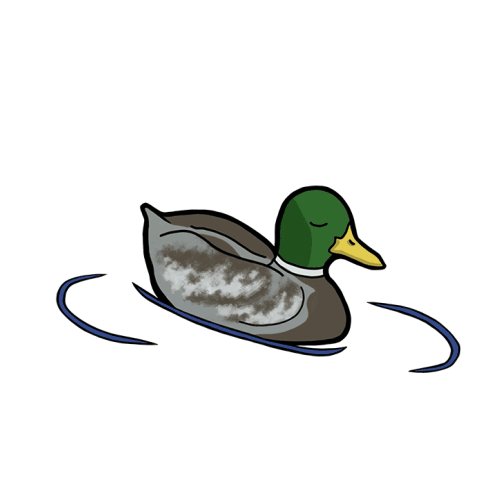Professor Profile: “Birdman” David Craig hosts bird watching safari
- Collegian staff
- Mar 31, 2022
- 3 min read
Melissa Baskin
Staff Writer

Those that have spent any time walking around the science buildings or the bird feeders on campus probably know Professor of Biology David Craig, colloquially referred to as the “Birdman” due to his extremely apparent love for said animals. Craig recently brought a wonderful opportunity to our campus, The Great Backyard Bird Count, a national event held annually for four days in February which allows for the ‘everyday Joe’ to add to scientific discovery. On Feb. 18, Craig hosted a bird walk open to all students, partly as a way to encourage the broader Willamette community to get involved with it. Craig stated that the Bird Count was easy for everyone to participate in, and that he enjoyed seeing science and non-science majors alike participate in ornithology this past month.
Craig explained that counting the birds of a certain area is important not only for overall scientific discovery purposes but also to add to the existing information in regards to climate change. “The cold months are where we are seeing a majority of the climate change. And the people that are documenting the common birds today are going to be contributing to climate change studies in the future,” he stated. He also said that bird counts help us learn about how well a certain area’s ecosystem is doing: “when we have diversity in groups as well as among groups, then the ecosystem is doing okay and good” - and that he thinks bird counts can help us understand how students’ efforts through environmental projects are actually impacting the wildlife around campus. “When students are doing things in community gardens or to make the campus better, they [often] ask, how do we know it's better? We see things like, ‘there are more hummingbirds this year’…this is a way I think counting the birds can be good.”
Craig further stated that bird walks and Annual Bird Counts are good not only for the betterment of scientific discovery, but also for the individual's mental health. “The bird walk is good for mental health, [and this is] particularly true during the pandemic. Getting to watch and understand a non-human’s life that is wild and out there is a really great moment to get out of your head and say, ‘wow.’” Essentially, these moments are helpful to be able to get us out and away from the same walls that we stare at day after day. Not only was it an excellent way for students to do something new and exciting, but it was also done within the confines of campus, which, in comparison with hosting somewhere off-campus like downtown, was a great way to mitigate the risk of students being exposed to COVID-19.
When asked what kind of birds we typically have around campus, Craig said that in addition to the [iconic ducks often seen milling about], “we also have generalist seed-eaters like the song sparrow and the juncos, and then we have the specialist insect-eaters like the brown tree creepers and two kinds of nuthatches and two kinds of chickadees. We have three kinds of woodpeckers (the sapsucker, flicker and downy woodpecker).”

Craig’s Great Bird Walk was conducted on the Willamette Salem Campus on Feb. 18. Starting at the Hatfield Fountain (also known as the Chicken Fountain), the group began by walking around and looking at some scrub jays, continuing on through campus in a big loop until eventually ending up back where they started to enjoy some donuts, camaraderie and coffee. Throughout the walk, we were able to see many species of birds, including not only the scrub jays but also some nuthatches, sparrows and more.
Craig is certainly not called the “Birdman” for nothing; not only does he just really love birds, he also has [focused on them a lot in his published work]. When asked what his favorite birds are, Craig explained that he particularly enjoys the corvid family, and that his actual favorite bird changes from day to day, week to week. Corvids include ravens, crows, scrub jays and more.
Craig explained that even though he has been watching birds since he was a kid, and that bird walks and counts are useful for his own purposes - “I like collecting data on birds and then…using it to teach and in my own research,” he said; he also enjoys walks because he gets to see someone else's perspective and reciprocally is able to help them learn something new about science. He elaborated that many of the individuals that come to these bird walks are students of art, and that he enjoys when they use this new knowledge to expand their poetry, sculptures, drawings and more. In regards to teaching non-science majors more about science, he stated that when it comes to ornithology in particular, “birding as a discipline has a long history of where amateurs have helped contribute to really good science…There is certain science that can't be done without amateurs.”




Comments